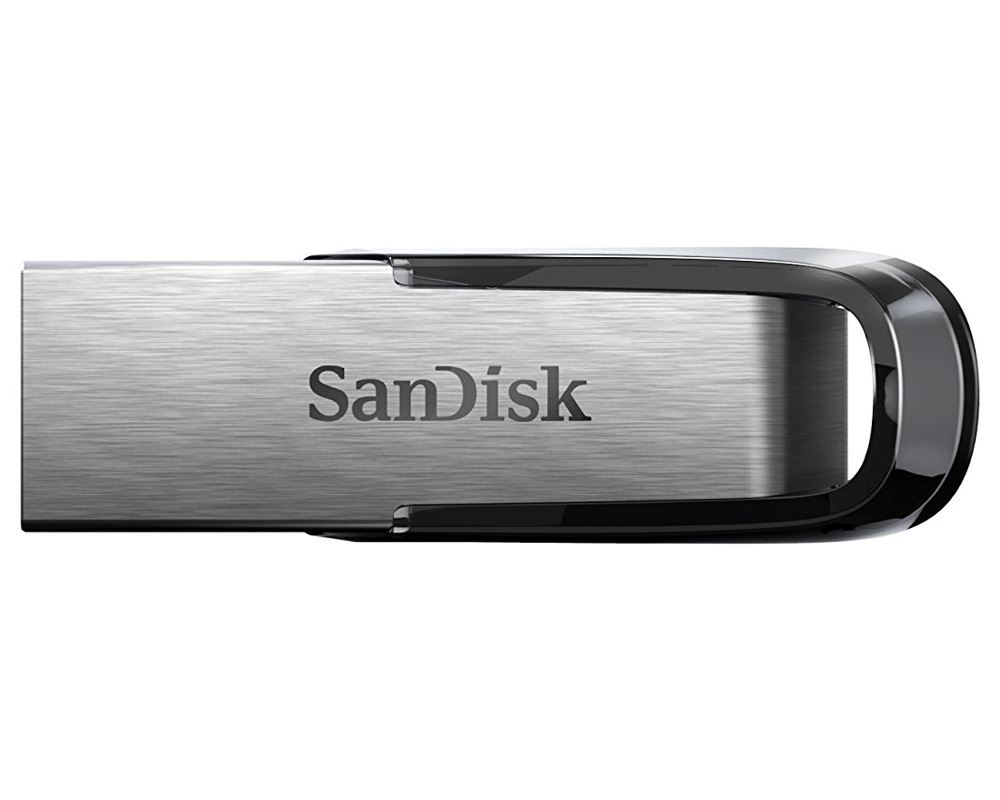



Since the FAT32 option is not available in the regular Windows formatting tools when the USB size is over 32GB, you need other capable USB format tools to get around that. Format USB (32GB, 64GB, 128GB) to FAT32 with EaseUS FAT32 Formatter From the File system drop-down list, choose FAT32 and click OK. Step 3. Right-click on your USB drive and select Format. Step 2. Choose Disk Management under Storage. Step 1. Right-click This PC in Windows 10/My Computer in Windows 7, and choose Manage. It is ready to help whenever you want to format a small USB drive to FAT32. Format USB (Under 32GB) to FAT32 via Windows 7/8/10 Disk Managementĭisk management is a free Windows built-in utility that is designed to help users deal with common disk partition-related jobs. Choose FAT32 as the target file system, tick Quick Format and click Start. Right-click on your USB drive and choose Format. Press Windows + E keys and open File Explorer. Check it in Windows Explorer and follow the steps to format the drive to FAT32 as you want. Format USB (Under 32GB) to FAT32 via Windows 7/8/10 File ExplorerĬonnect your USB drive to a Windows PC or laptop and let Windows recognize your drive and assign it a drive letter. Next, we'll cover all free solutions to let you format 2GB, 8GB, 32GB, 64GB, 128GB, or 256GB USB flash drive to FAT32 with success. When you try to format a USB drive over 32GB in Windows Explorer, there is no "FAT32" option at all.

First and foremost, if you use a single file over 4GB in size, you'll need to convert FAT32 to NTFS or exFAT What's more, due to the manufacturers' specifications, FAT32 can only be used to format drives between 2GB and 32GB, and that's why native tools on Windows have that limit, too. However, FAT32 has some disadvantages, or let's say limitations as well. So, the advantage of using FAT32 is portability. It's the most compatible file system that can be used on major devices and operating systems like Windows and macOS. What's FAT32? FAT32 is regarded as the default file system for external drives, especially the removable USB flash drives and SD memory cards. Related topic: Should you format USB to FAT32 or NTFS? Read on and get to know the FAT32 file system and how to choose the right tool to format USB to FAT32. You can apply the software to format any drive from 2GB to 256GB or even bigger to FAT32 without limitation. * EaseUS Partition Master Free is an all-around FAT32 format utility that breaks the limit of the 32GB capacity on a USB flash drive, pen drive or memory card. However, if you want to format 64GB or 128GB USB to FAT32, you can only depend on CMD (Usually diskpart and powershell) and a third-party FAT32 format tool. How to format USB to FAT32? If the USB flash drive is within 32GB, the native Windows File Explorer and Windows Disk Management are good FAT32 formatter.


 0 kommentar(er)
0 kommentar(er)
